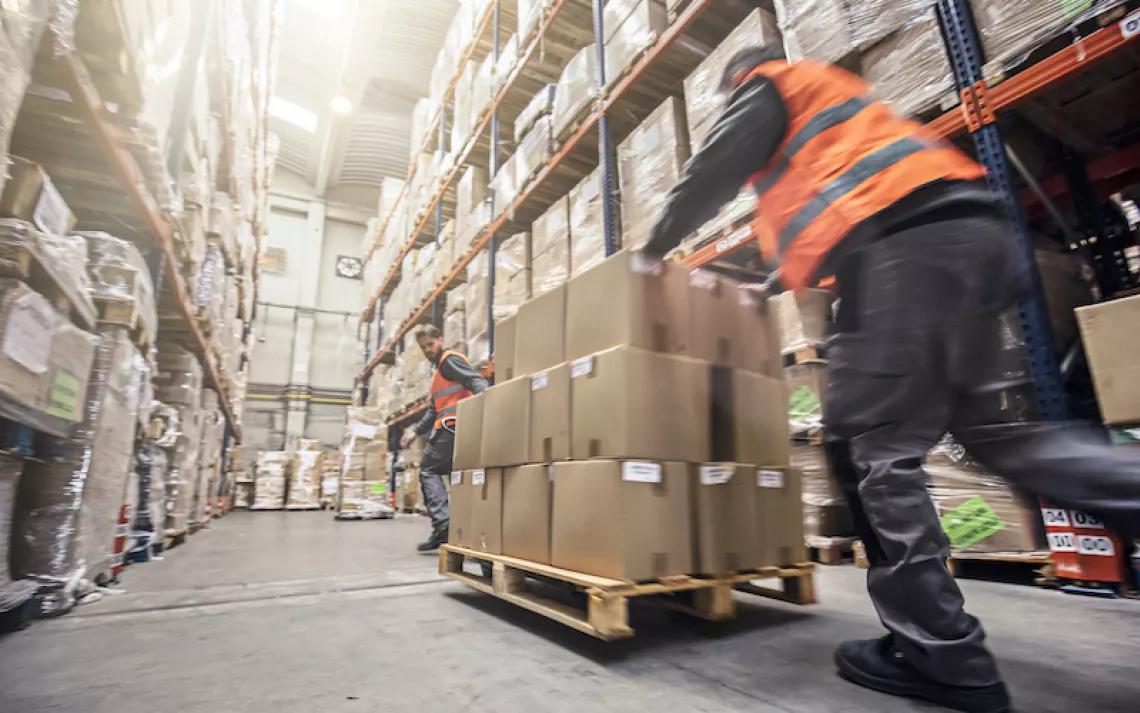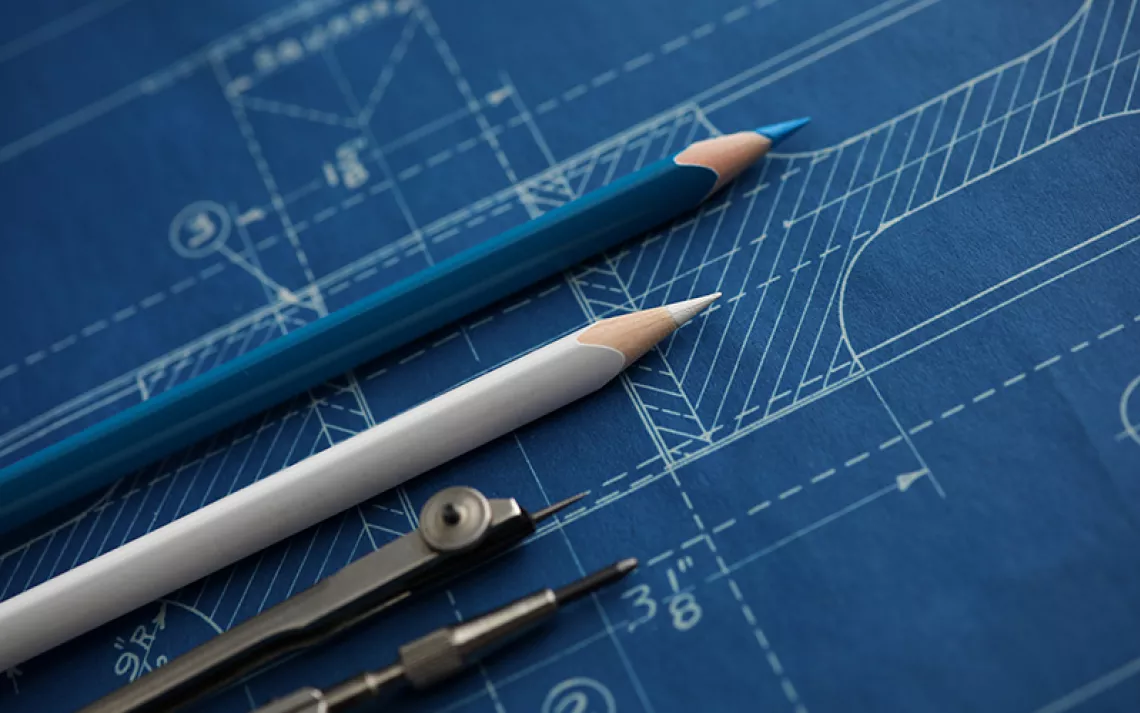Innovation Helps Baltimore Clean Up Its Act
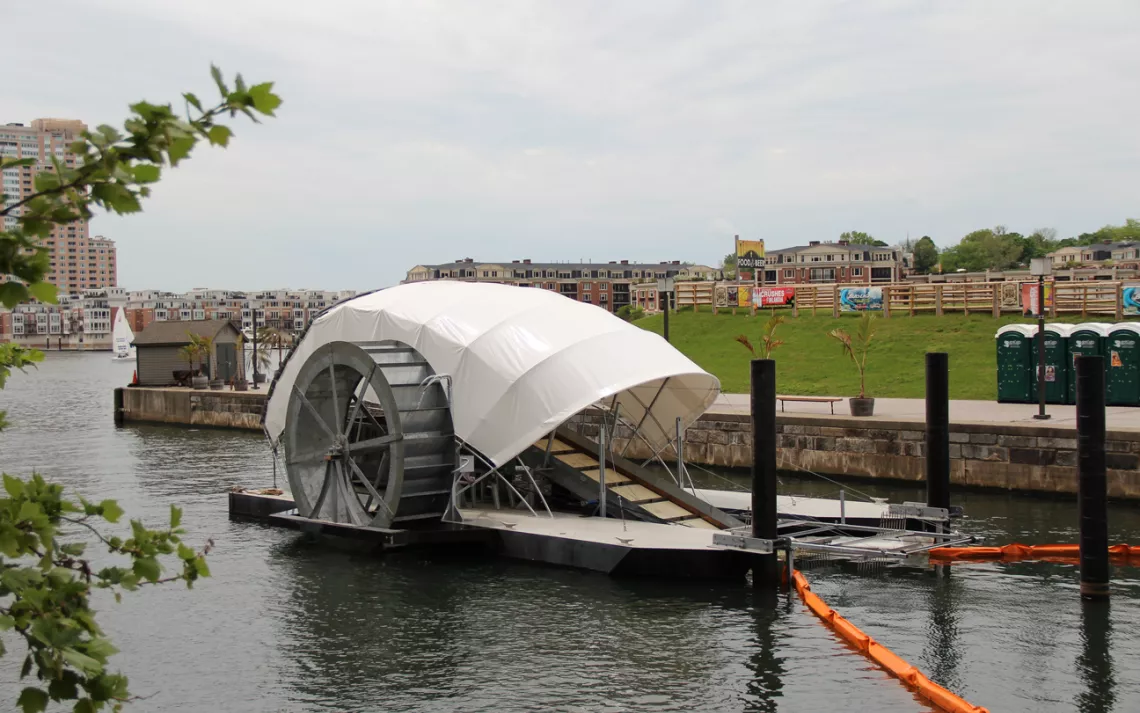
The snail-shaped oddity in Baltimore’s Inner Harbor may look like a modern art installation, but it's actually a working, modern mill. Its purpose? To divert buoyant litter from the trash-ridden waters.
A video of the water wheel operating after a rainstorm recently went viral on Reddit, where commenters praised the inventive design. A common sentiment was, “I want one for my city!” and it's easy to see why.
Like many waterways in metropolitan areas, Baltimore’s Inner Harbor is choked with litter. In 2011, a water health report found that nitrogen and phosphorous levels are unnaturally high, bacteria is at a hazardous level, and garbage plagues the harbor and its tributaries.
Healthy Harbor, an initiative of the nonprofit Waterfront Partnership, is determined to make the harbor swimmable and fishable by 2020. They’re working to head off debris before it hits the harbor by raising public awareness of proper waste disposal, restricting the use of plastic bags and bottles, and engineering storm drains to catch trash.
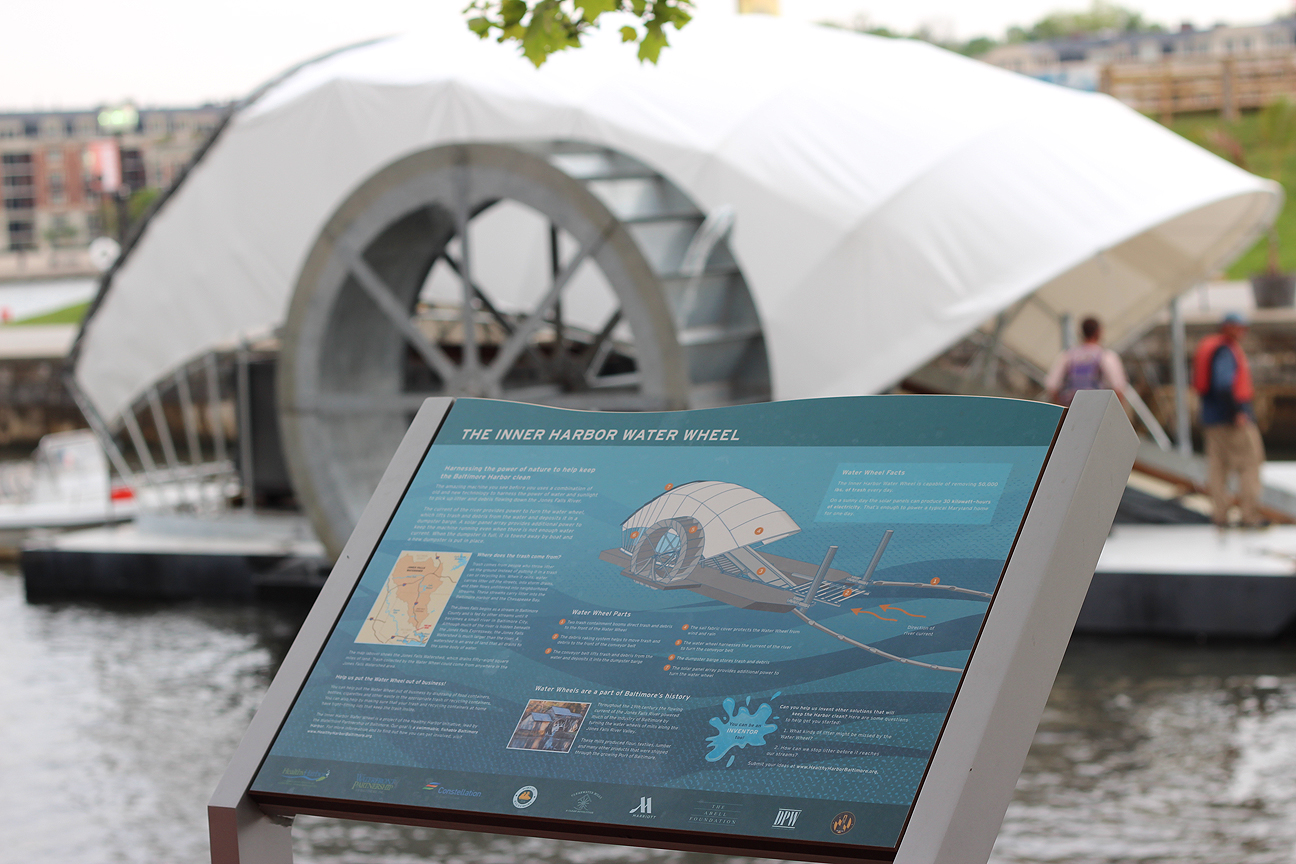
Baltimore's citizens are in agreement — the harbor was unsightly, and the litter needed to go. Local businesses were frustrated by trash that piled up on their lawns after every storm. Even after picking up plastic bottles from the ground, the nearby waters were still swimming with floating debris.
Most of the trash comes from tributaries that flow into the harbor, said Adam Lindquist, project manager of Healthy Harbor. When it rains, litter from nearby lawns and shores is swept into the water, carried down streams like the Jones Falls, and into the harbor.
A pilot wheel was established by Healthy Harbor in 2008, but it wasn’t big enough to deal with the large volume of debris. It ran for eight months before being scrapped in favor of a bigger, greener design.
The new water wheel, designed and constructed by Clearwater Mills, is an elegant solution to the trash problem. Buoyant material like plastic bottles, Styrofoam cups, cigarette butts, and even old tires is shepherded into a floating corral. “Probably the weirdest thing we saw was a hamburger patty,” Lindquist said, who took the video. “I guess it wasn’t biodegradable!”
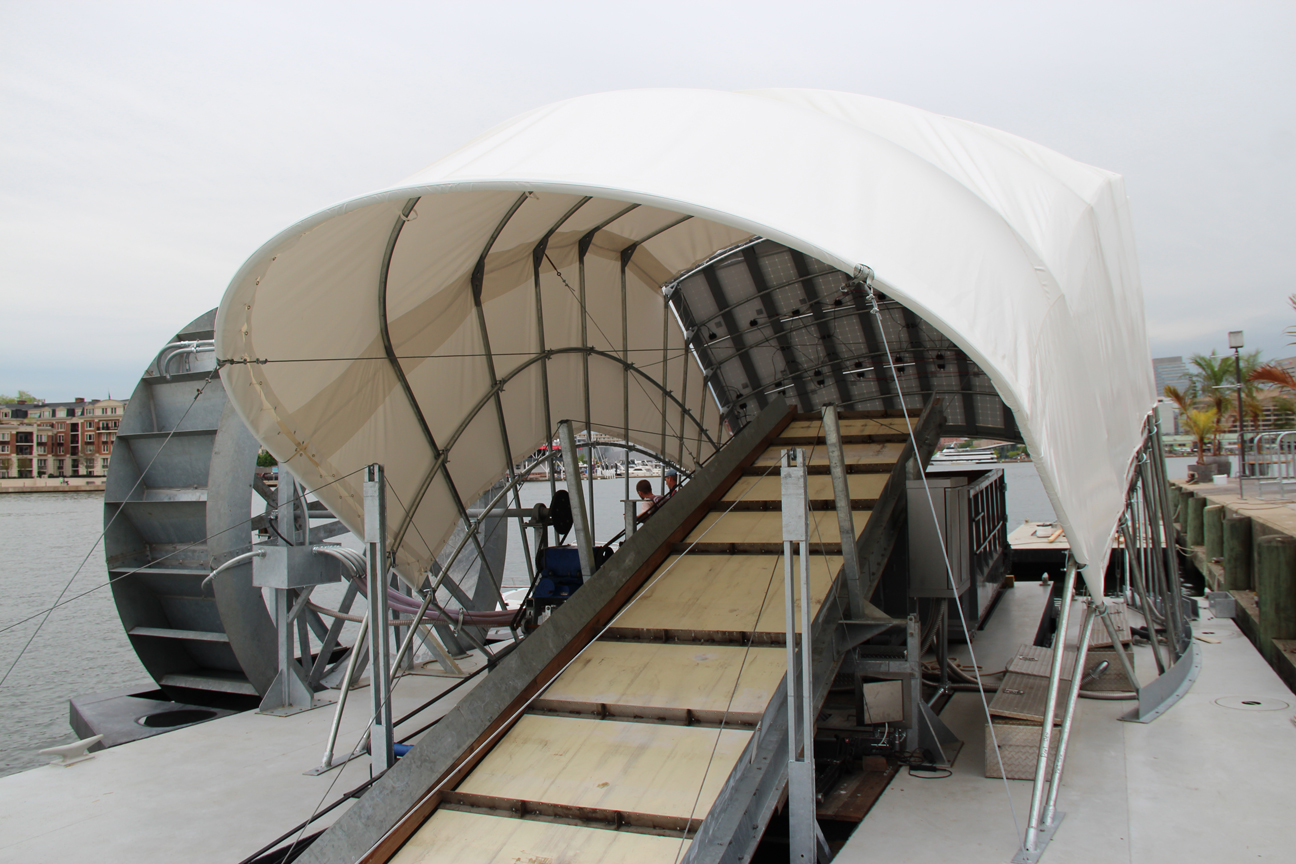
The water flow brings trash up to a conveyor belt, which powered by the water wheel and 30 solar panels on the top of the structure. The belt brings the refuse up to the dumpster, where plops satisfyingly into the bin below. When the water is moving slowly it will pick up a handful of waste, but on a rainy day it can collect up to 40,000 pounds of trash. To date, it has collected a total of 45 tons.
All those plastic bottles may seem ripe for recycling, but according to Lindquist, “We have considered it, but during rainstorms sewage also comes into the harbor.” With leaky sewage pipes polluting the harbor, the trash becomes hazardous material.
Once the dumpster is full, it’s taken to a waste-to-energy plant, where the litter is converted into energy. The trash is burned, and the resulting heat and steam are converted into electricity. (Click here for the Sierra Club's policy on waste-to-energy practices.)
The water wheel actually generates more energy than it uses; it produces enough electricity to power the average Baltimore home. For now, though, Healthy Harbor plans to install lighting for better visibility at night, and maybe even a webcam so viewers around the globe can watch the wheel turn.
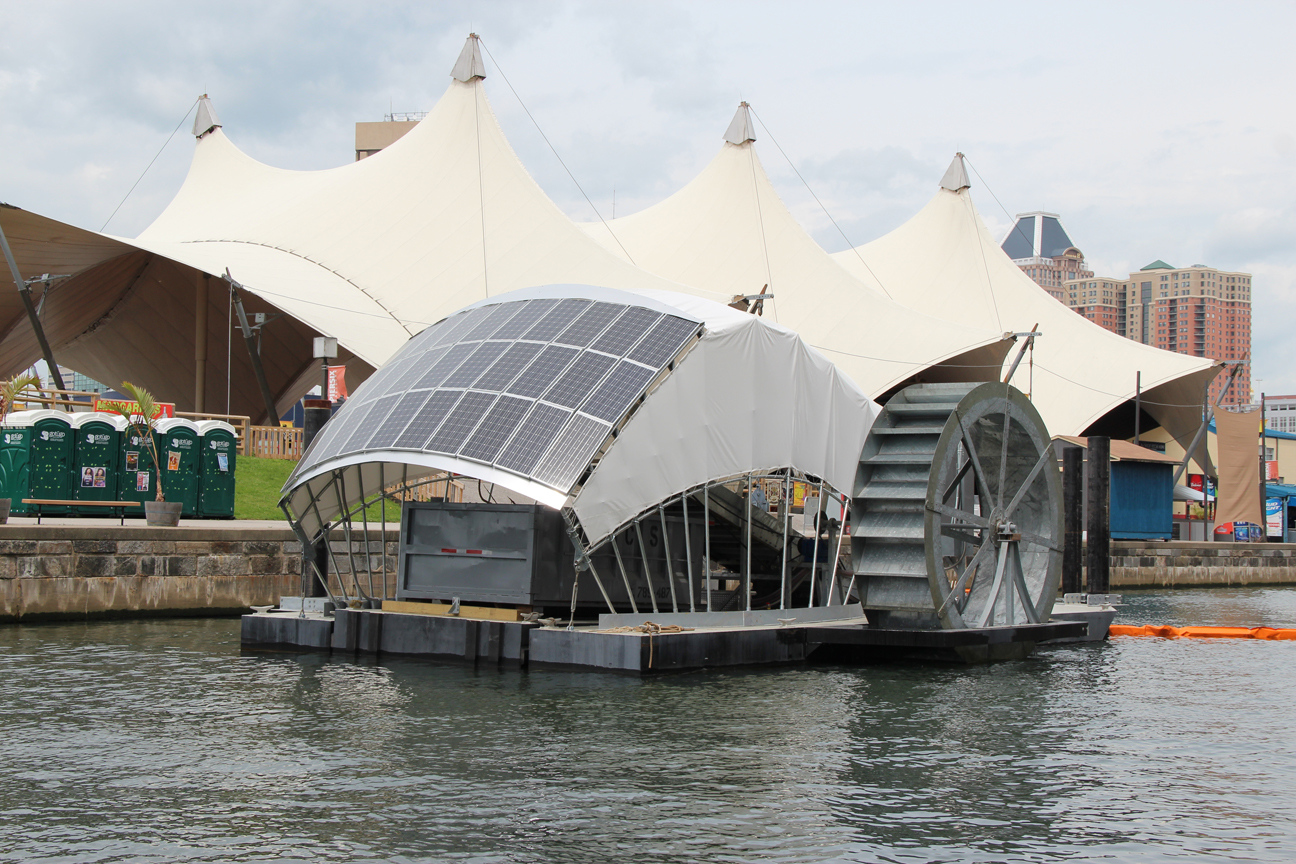
Cleaning up thousands of pounds of trash up is great, but the real issue is the culture of waste around Baltimore. “The goal is to put the water wheel out of business,” Lindquist said. “It’s treating a symptom, not a problem.”
One reason so much trash ends up in the harbor is the absence of corner trash cans in surrounding neighborhoods. In the past, people were using the communal cans for household trash, and the overflow of garbage became a nuisance. But now another attempt is underway: 15 cans were recently installed in the area and are monitored to prevent them from becoming a dumping ground. There’s also an effort to personalize each can to increase the sense of ownership, which will hopefully foster respect for them.
So, how achievable is that "swimmable and fishable" goal? "There are still a lot of challenges ahead," Lindquist said, "but there are also a lot of reasons to be optimistic." It's feasible that the water wheel will go out of business someday; and when it does, have your swimsuit ready.
 The Magazine of The Sierra Club
The Magazine of The Sierra Club
